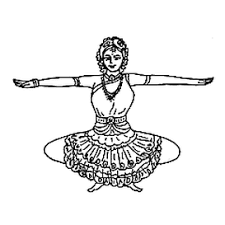Bharatanatyam performances that maintain traditional elements while also being innovative are becoming more common. According to a paper published on digitalcommons.lmu.edu, present-day artists mold the form to ensure relevancy and progression while building upon its rich history. The venue of performances shifted from a temple or palace setting to urban theaters, and a massive expansion of dance schools that taught Bharatanatyam technique came into existence. Scholars sought to revive ancient traditions that encouraged a pan-Indian identity that emphasized indigenous pride instead of colonial culture.
One example of an innovative Bharatanatyam performance that maintains traditional elements is the use of technology. According to an article on oberlinlibstaff.com, elements of Bharatanatyam dance have interfaced with contemporary dance, and new kinetic vocabularies have been created by prominent second-generation Indian-American choreographers. These choreographers have used technology to create innovative performances that incorporate traditional elements of Bharatanatyam while also exploring new avenues of expression.
Another example of an innovative Bharatanatyam performance that maintains traditional elements is the use of thematic solos and ensemble productions. According to an article on indulgexpress.com, the framework of Bharatanatyam, predominantly showcased through ‘margam’, has lent itself to other forms of expressions such as thematic solos and ensemble productions. These performances explore new themes and ideas while also retaining the traditional elements of Bharatanatyam.
In conclusion, Bharatanatyam performances that maintain traditional elements while also being innovative are becoming more common. Examples of such performances include the use of technology and thematic solos and ensemble productions, which explore new themes and ideas while also retaining the traditional elements of Bharatanatyam.



